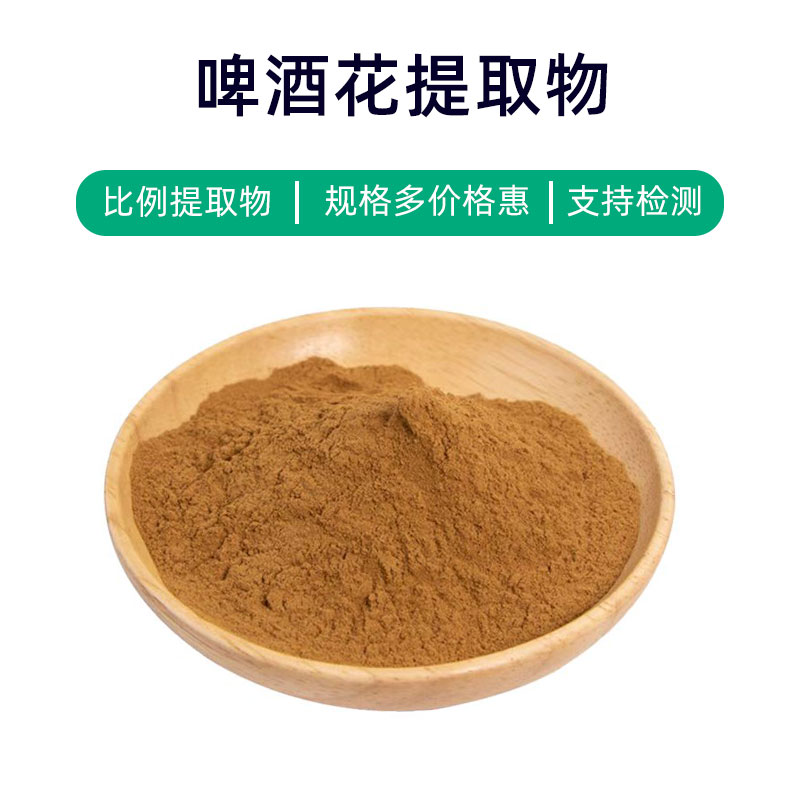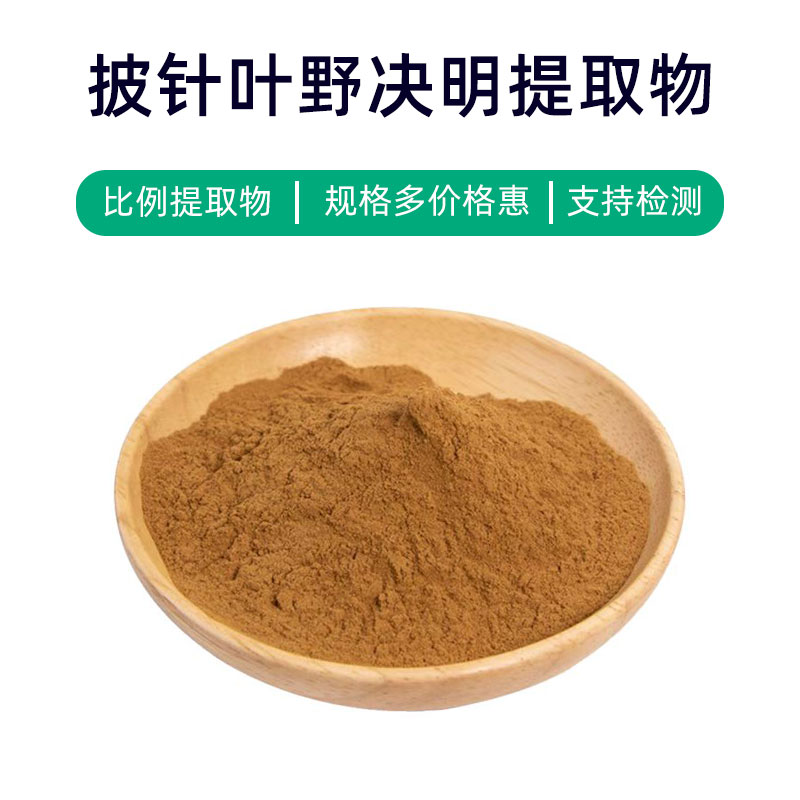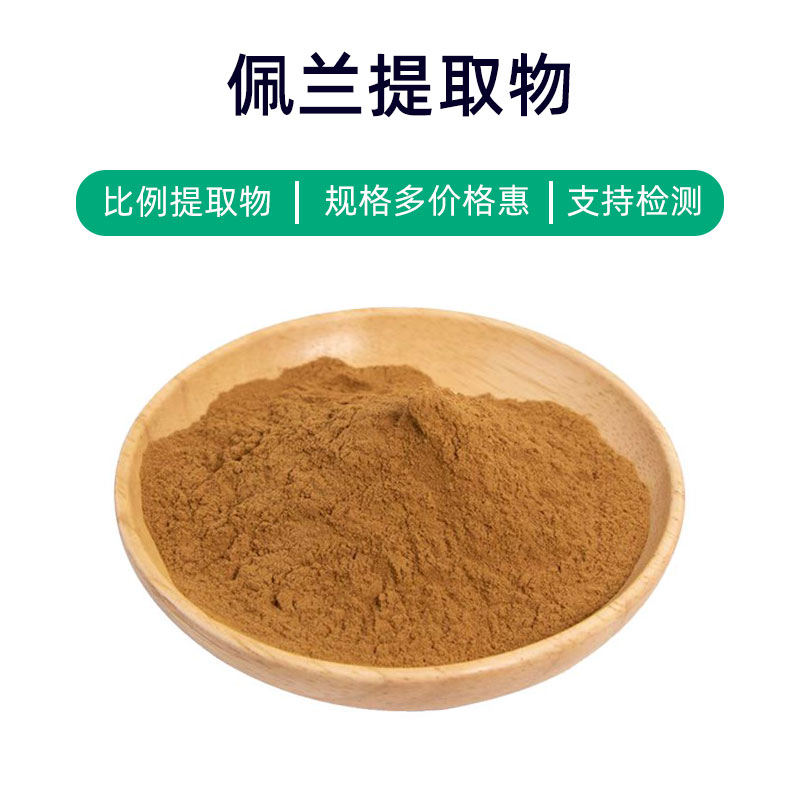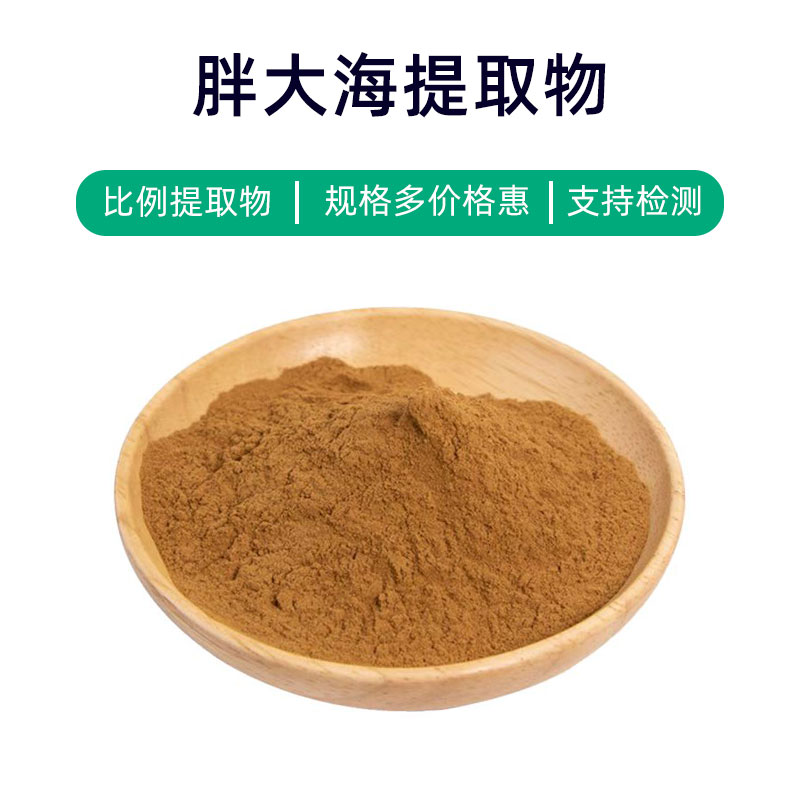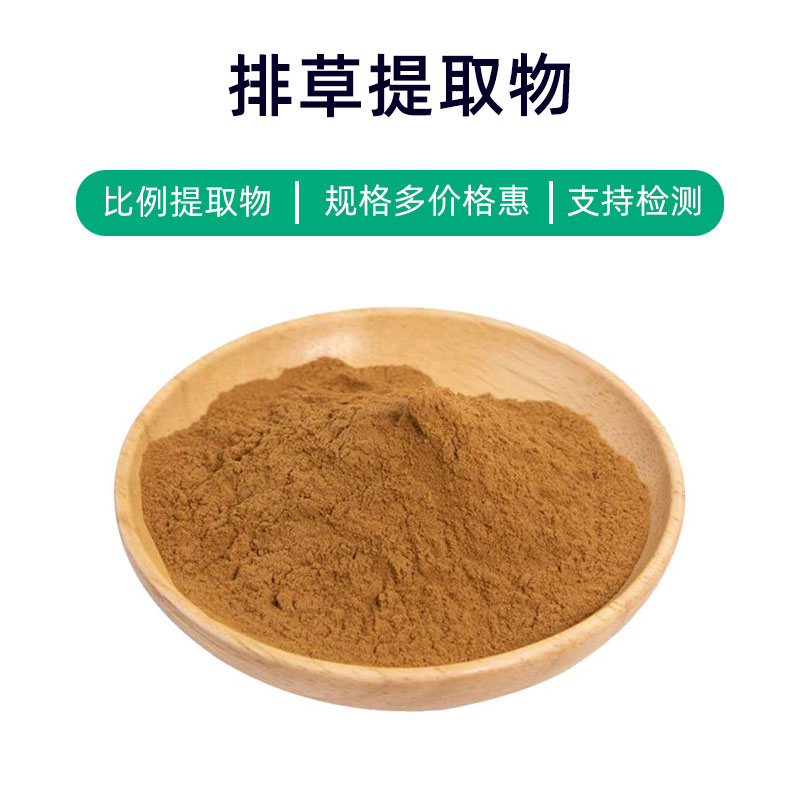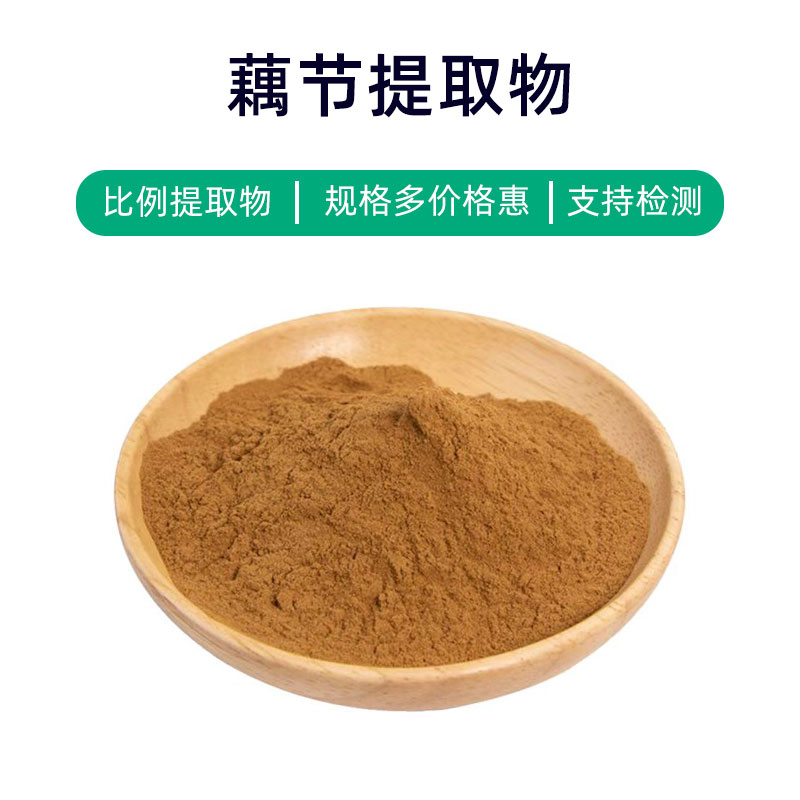White Mustard Seed Extract Product Introduction
White mustard seed extract is a natural plant extract obtained from the seeds of white mustard (Sinapis alba), primarily composed of mustard oil, mustard acid, and other active components. These ingredients give the extract various pharmacological effects, enabling its broad application in medicine and health supplements.
White mustard seed extract exhibits antibacterial, antioxidant, and digestive-promoting effects. Mustard oil is rich in multiple unsaturated fatty acids, providing antioxidant properties that help eliminate free radicals and slow down cellular oxidative damage. Mustard acid has certain antibacterial effects and can inhibit the growth of bacteria and fungi, aiding in the prevention of infections.
In the medical field, white mustard seed extract is often used in formulations for gastrointestinal regulators and antibacterial drugs, addressing symptoms like indigestion, loss of appetite, and gastrointestinal infections. In the health supplement sector, it is made into oral supplements to improve digestive function and enhance immunity. Additionally, it can serve as a food additive to enhance flavor and nutritional value.
In summary, as a natural plant extract, white mustard seed extract possesses multiple pharmacological effects, making it suitable for applications in medicine, health products, and food, providing essential support for people's health.
White Mustard Seed Extract Production Process
The production process of white mustard seed extract typically includes several key steps:
- Raw Material Preparation and Cleaning: Fresh white mustard seeds are collected and washed to remove impurities and surface dirt, ensuring the purity of the raw material.
- Grinding and Crushing: The cleaned seeds are ground and crushed into a powder to increase the efficiency of the subsequent extraction steps.
- Solvent Extraction: The crushed seeds are soaked or subjected to heated reflux extraction with an appropriate solvent (e.g., ethanol, acetone) to dissolve the active components into the solvent.
- Filtering and Concentrating: The extracted solution is filtered to remove residues and impurities, followed by concentrated treatment to increase its concentration and remove most of the solvent.
- Precipitation: By appropriately adjusting the temperature and pH, the target components in the solution precipitate out, which is then separated by centrifugation or filtration.
- Drying and Grinding: The precipitate is dried, typically through spray drying or vacuum drying, converting it into powdered white mustard seed extract.
- Refining and Packaging: The dried extract undergoes refining to improve its purity and quality, followed by packaging in materials such as aluminum foil bags or plastic containers to maintain product stability and quality.
Throughout the production process, strict control of operational parameters and conditions is necessary to ensure product quality and stability. Quality inspection and testing are also performed to ensure compliance with relevant standards and requirements.
White Mustard Seed Extract Effects and Side Effects
White mustard seed extract, derived from the seeds of white mustard (Sinapis alba), contains active components such as mustard oil and mustard acid. It offers various effects and benefits, commonly including the following aspects:
- Digestive Promotion: This extract stimulates digestive gland secretion, increasing the output of digestive juices and promoting gastrointestinal motility, aiding in food digestion and relieving gastrointestinal discomfort.
- Antibacterial Properties: Mustard oil contains a high concentration of isothiocyanates, which have notable antibacterial effects, inhibiting the growth of bacteria and fungi, contributing to the prevention and treatment of infections in the oral cavity and gastrointestinal tract.
- Antioxidant Effects: Rich in mustard acid and other antioxidants, white mustard seed extract helps eliminate free radicals, slows oxidative reactions, and protects cells while delaying aging.
- Anti-inflammatory Effects: Components in mustard oil exhibit certain anti-inflammatory properties, inhibiting inflammatory responses and reducing tissue swelling, making it suitable for treating oral and skin inflammatory conditions.
- Immune Regulation: The active components in white mustard seed extract can modulate immune system function, enhancing the body's immunity and aiding in preventing infections.
Despite its many benefits, care should be taken regarding potential side effects and precautions. Long-term or excessive use can lead to digestive discomfort and gastrointestinal issues. Certain individuals may experience allergic reactions, such as those with sensitivities or pregnant women, who should consider consulting a healthcare professional before use.
Overall, as a natural plant extract, white mustard seed extract has promising applications in medicine and health products; however, it should be used cautiously, following usage guidelines and considering individual differences and potential risks.
White Mustard Seed Extract Application Scenarios and Dosage
As a natural plant extract with multiple benefits, white mustard seed extract finds extensive applications in medicine, food, and cosmetics. Below are detailed descriptions of its applications and recommended dosages in various fields:
- Medical Field:
- Gastrointestinal Regulators: Commonly used as a raw material for gastrointestinal regulators in preparations like oral liquids and capsules. The typical adult oral dosage is 3-9 grams per dose, adjusted according to specific symptoms and medical advice.
- Oral Care Products: Its antibacterial and anti-inflammatory properties make it suitable for oral care products, such as mouthwashes and sprays. A concentration of 0.5%-2% can be prepared for mouth rinsing or spraying as needed.
- Food Industry:
- Food Additive: As a natural food additive, white mustard seed extract can enhance flavor and texture. Common applications include seasoning blends and hot pot bases, with the quantity adjusted based on food recipes and individual preferences.
- Health Supplements: Manufactured into oral health supplements, it aids in improving digestive function and boosting immunity. The general recommendation for daily oral intake is between 2-6 grams, as per product instructions or medical advice.
- Cosmetics Field:
- Skincare Products: Due to its antioxidant and anti-inflammatory effects, it is often used in skincare products like creams, lotions, and serums. Apply an appropriate amount to clean skin and gently massage until absorbed.
- Cleansers: White mustard seed extract is also commonly found in cleansing products, aiding in skin cleansing while soothing irritation and reducing inflammation and redness. Typical usage involves taking an appropriate amount of cleanser, mixing with water to foam, gently massaging the face, and rinsing with water.
In any application scenario, it's vital to observe the following precautions when using white mustard seed extract:
- Follow the product instructions or medical advice for usage and avoid excessive use.
- Pregnant or breastfeeding women, children, and individuals with specific medical conditions should consult healthcare professionals before use.
- Discontinue use and seek medical advice if allergic reactions or discomfort occur.
- Properly store the product, avoiding direct sunlight and humid environments, to maintain stability and effectiveness.
White Mustard Plant Introduction, Distribution, and Growing Conditions
White mustard (scientific name: Sinapis alba) is an annual or biennial herbaceous plant belonging to the Brassicaceae family, also known as white mustard greens or white mustard greens. It is a common agricultural and medicinal plant in many regions. Below is detailed information about the plant from which white mustard seed extract is derived, including its introduction, distribution, and growing conditions:
Plant Introduction:
White mustard typically grows to a height of about 30-80 centimeters, with a straight stem and branching at the base. The leaves are alternate, with lower leaves having long petioles and upper leaves nearly sessile, shaped oval or obovate with irregular blunt teeth on the edges. The flowers are small and yellow, arranged in racemes, and the fruits are siliques containing multiple seeds.
Distribution:
White mustard is native to the Mediterranean region, including areas like Italy and Greece, and has since been introduced to Europe, North America, and Asia. Currently, it is cultivated and found in the wild around the world.
Growing Conditions:
White mustard prefers sunny, cool, and humid environments, with optimal growing temperatures between 15-20 degrees Celsius. It has no strict soil requirements but thrives in loose, well-drained sandy loam. Adequate water and nutrient supply are essential to ensure the normal growth and development of the plant.
White mustard typically flowers and fruits from spring to summer, with the fruit splitting open upon maturity to disperse seeds, aiding in plant expansion. It mainly reproduces through seeds, which have strong dormancy and adaptability, enabling rapid growth in suitable environments.
Due to its strong adaptability and short growth cycle, white mustard is widely used in agricultural production. Furthermore, its seeds serve as the primary material for extracting white mustard seed extract, utilized in the production of medicines, food, and cosmetics, providing significant support for people's lives and health.
White Mustard Seed Extract Processing and Storage
The processing of white mustard seed extract typically involves steps such as raw material cleaning, grinding, solvent extraction, filtering, concentrating, and drying. Throughout the processing, strict control of temperature, time, and processing parameters is necessary to ensure the quality and purity of the extract. During storage, it should be kept in a cool, dry place, avoiding direct sunlight and humid environments, sealed to prevent moisture ingress. Regularly check the appearance and smell of the extract to ensure product stability and quality.
Monica Sun is a seasoned expert in the plant extraction industry with over a decade of experience in research and production. She specializes in the extraction and purification of plant active ingredients, focusing on driving innovation in natural product applications. Monica has participated in the development of multiple functional plant extracts, delivering high-value natural raw material solutions for the health food, pharmaceutical, and dietary supplement sectors.









